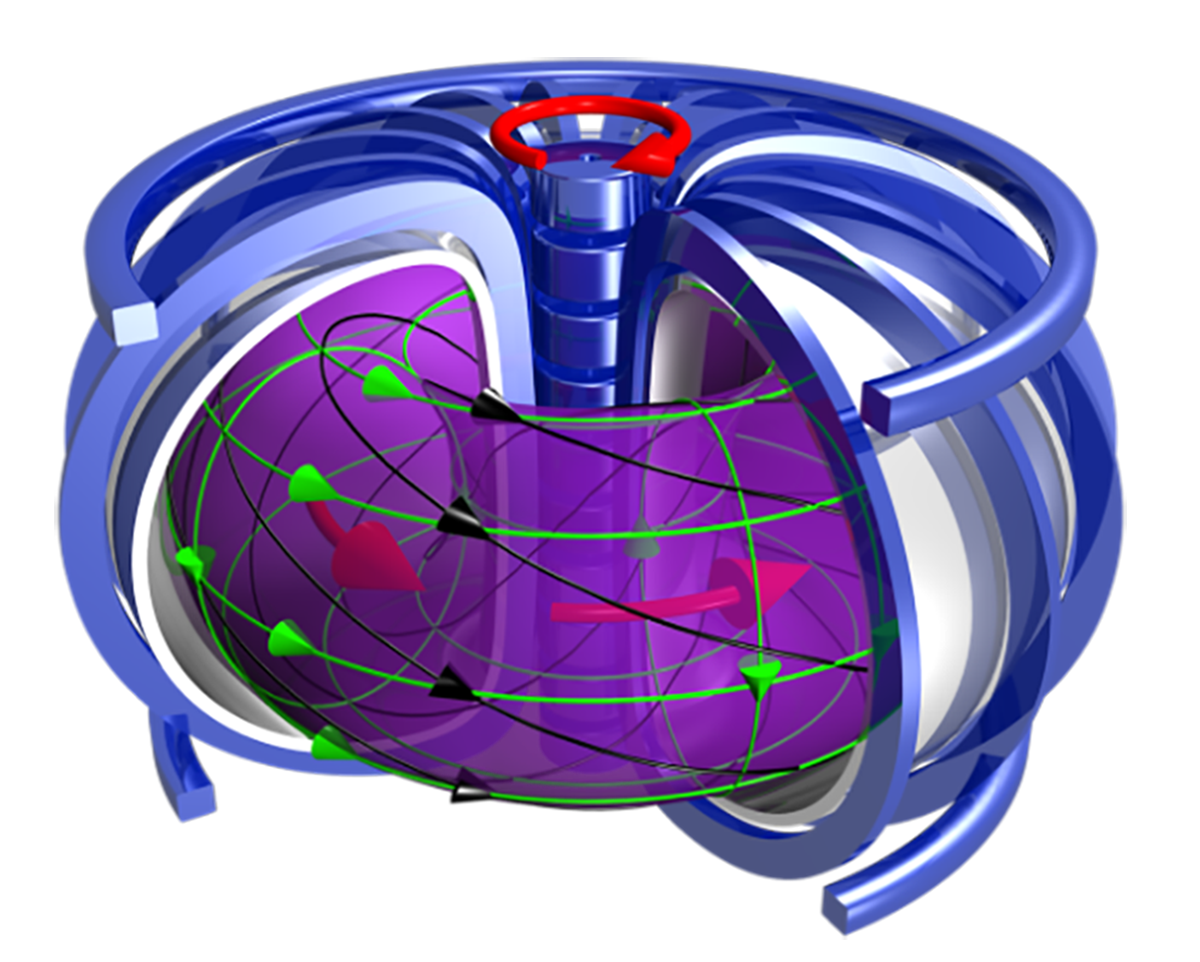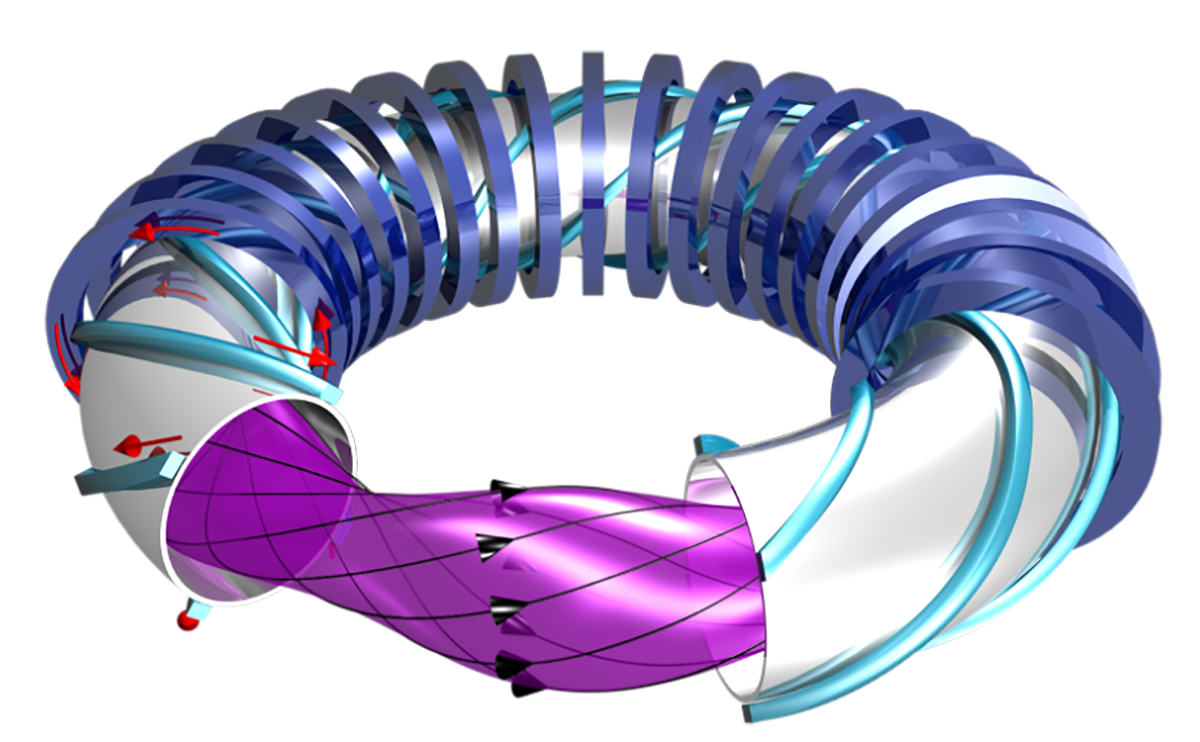Fusion power exploits energy released from the ‘fusion’ of light atomic nuclei. When two such particles merge, the resulting nucleus is slightly lighter than the sum of the originals. The difference, rather than disappearing, is converted into energy. Amazingly, this tiny loss of mass translates into a tremendous amount of energy that makes the pursuit of fusion energy highly worthwhile.
There are three states of matter: solid, liquid and gas. If a gas is subjected to very high temperatures, it becomes a plasma. In plasma, electrons are stripped from the atoms. An atom with no electrons orbiting around the nucleus is said to be ionized and is called an ion. As a result, plasma is made of ions and free electrons. In this state, scientists can stimulate ions so that they smash into one another, fuse and release energy.
Keeping plasmas stable in order to extract energy is difficult. They are chaotic, super-hot and prone to turbulence and other instabilities. Understanding, modelling and controlling plasma is extremely complex but researchers have made great strides over the past decades.
Scientists use magnetic confinement devices to manipulate plasmas. The most common fusion reactors of that kind are tokamaks and stellarators. Currently, these are the most promising concepts for future fusion energy plants.
Both reactor types make use of the fact that charged particles react to magnetic forces. Strong magnets in the reactors keep the ions confined. Electrons are also bound by the reactors’ forces and play a role in the surroundings. The magnetic forces constantly spin the particles around their doughnut-shaped reactor chambers to prevent them from escaping the plasma.


